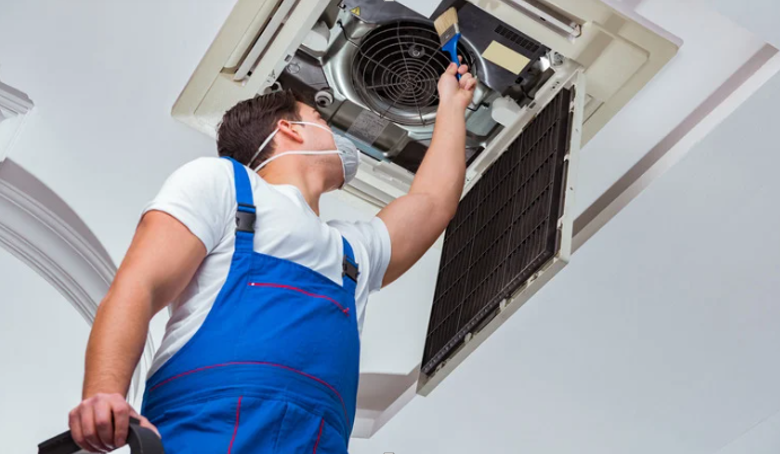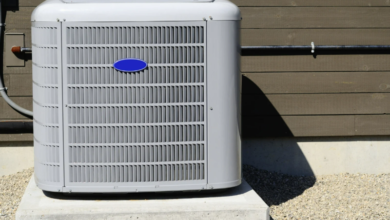Why DIY AC Installation Can Cost You More in the Long Run

Air conditioning is a critical component of indoor comfort, especially in high-temperature regions. When a system breaks down or needs replacing, some homeowners may consider doing it themselves to cut costs. However, improper setup can lead to serious consequences that far outweigh any short-term savings. Engaging a professional for AC installation in Port Charlotte ensures that the system is installed correctly, safely, and in compliance with all relevant regulations.
Skipping professional service introduces a host of potential issues, from refrigerant mishandling to energy inefficiency and voided warranties.
Mistakes That Compromise Performance and Safety
Incorrect installation can compromise both the efficiency and safety of the unit. Improper sizing is a common issue; if the AC is too small, it will struggle to cool the space, while an oversized unit may short-cycle and cause excessive wear.
Professionals are trained to avoid the most common AC installation mistakes, such as poor duct placement, inadequate insulation, and a lack of proper airflow analysis. These mistakes aren’t just minor oversights, they can result in higher utility bills, uneven cooling, and equipment failure. Attempting a DIY installation without understanding airflow dynamics or refrigerant handling regulations could also lead to environmental hazards and fines.
Understanding Pre-Installation Requirements
There’s more to AC installation than mounting a unit and flipping a switch. Prior to setup, a range of technical checks must be performed, including load calculations, wiring inspections, and ventilation assessments. These steps are often overlooked in DIY attempts, leading to suboptimal operation and long-term damage.
Knowing what you should know before installing a new air conditioner includes understanding SEER ratings, energy codes, and proper drainage configurations. These details ensure that the unit operates efficiently and complies with current building standards. Professionals also ensure that electrical connections are safely integrated, reducing the risk of short circuits or breaker trips, something most DIY enthusiasts are unequipped to manage safely.
See also: 5 Common Drainage Mistakes Homeowners Make
Financial Impact of DIY Errors
While the appeal of avoiding labor costs is understandable, DIY errors often result in higher expenses later. An incorrectly installed unit may require premature replacement, frequent servicing, or major repairs. Worse, manufacturers may void the warranty if the system wasn’t installed by a certified technician, leaving the homeowner financially responsible for future breakdowns.
Moreover, inefficient operation increases monthly utility bills and contributes to higher carbon emissions. Over time, what seemed like savings on installation turns into a cycle of financial loss and performance frustration.
Conclusion
Cutting corners on AC installation is rarely worth the risk. What starts as a cost-saving initiative can quickly turn into a series of technical, safety, and financial setbacks. Professional installation not only protects your investment but ensures your system operates at peak efficiency from day one. Trusting certified experts is the smartest path forward for long-term comfort, compliance, and reliability.
In the end, professional service offers more than just technical skill, it brings accountability, warranty protection, and peace of mind. Rather than gamble with comfort and cost, it pays to get the job done right the first time.





